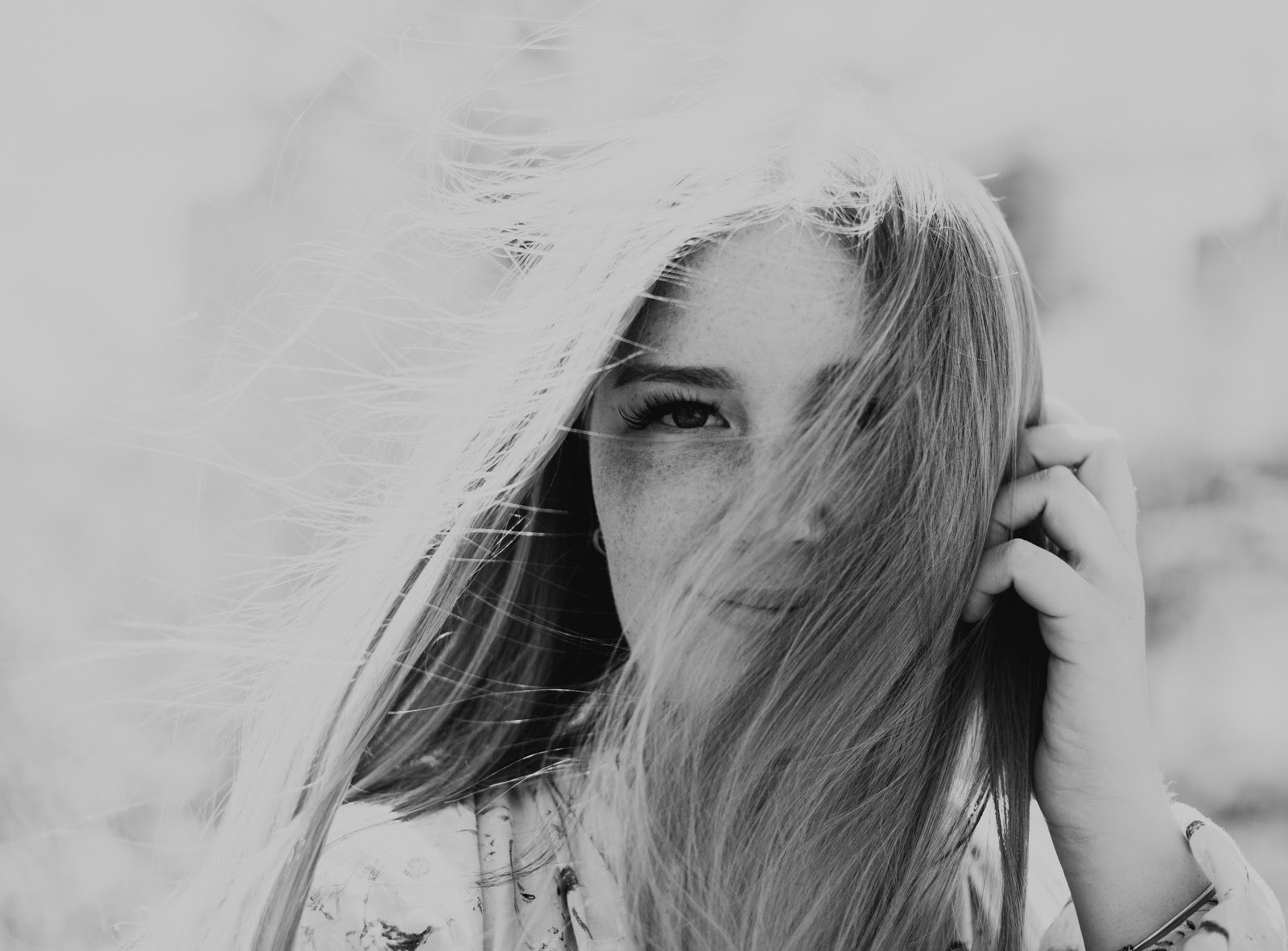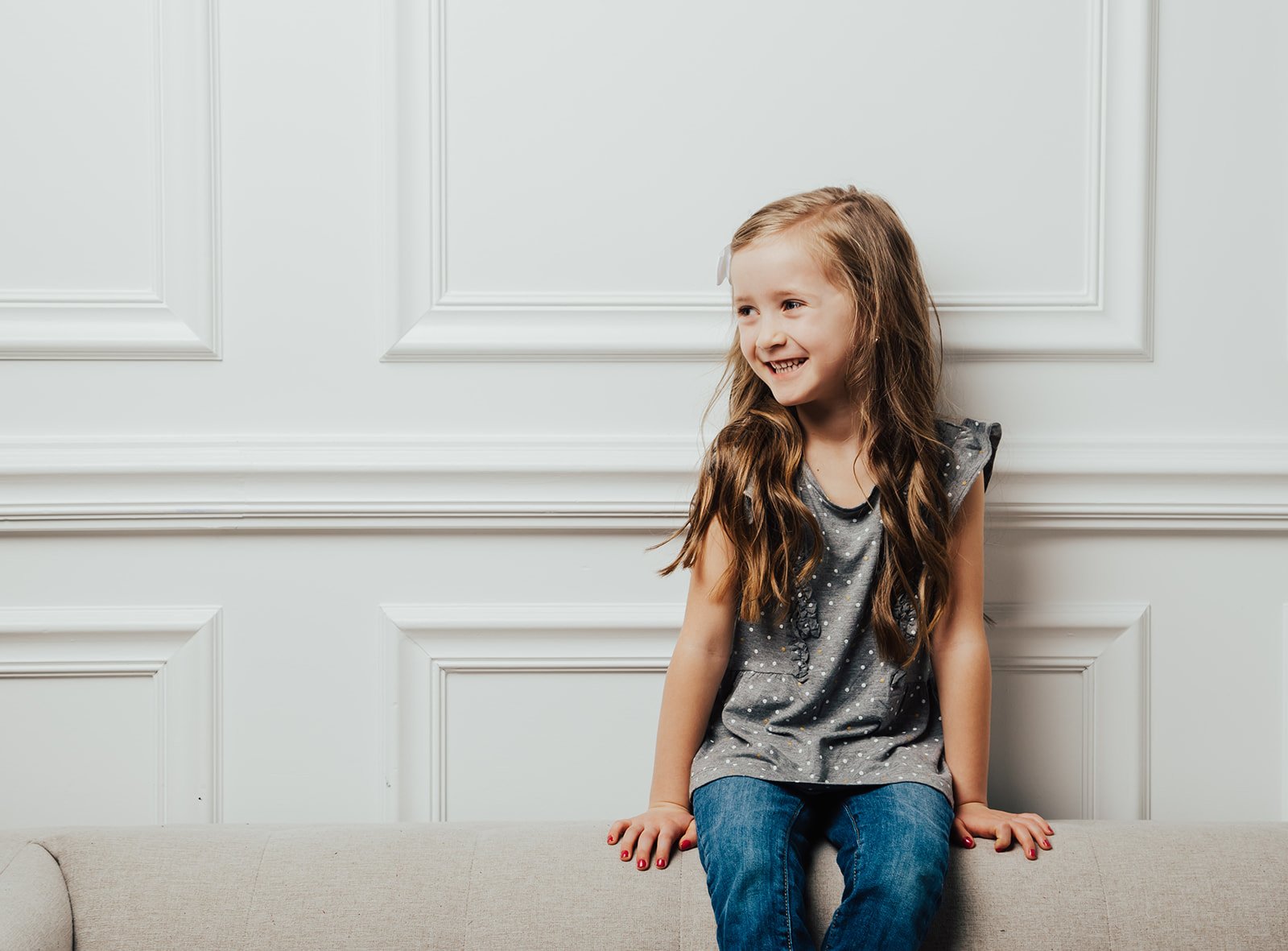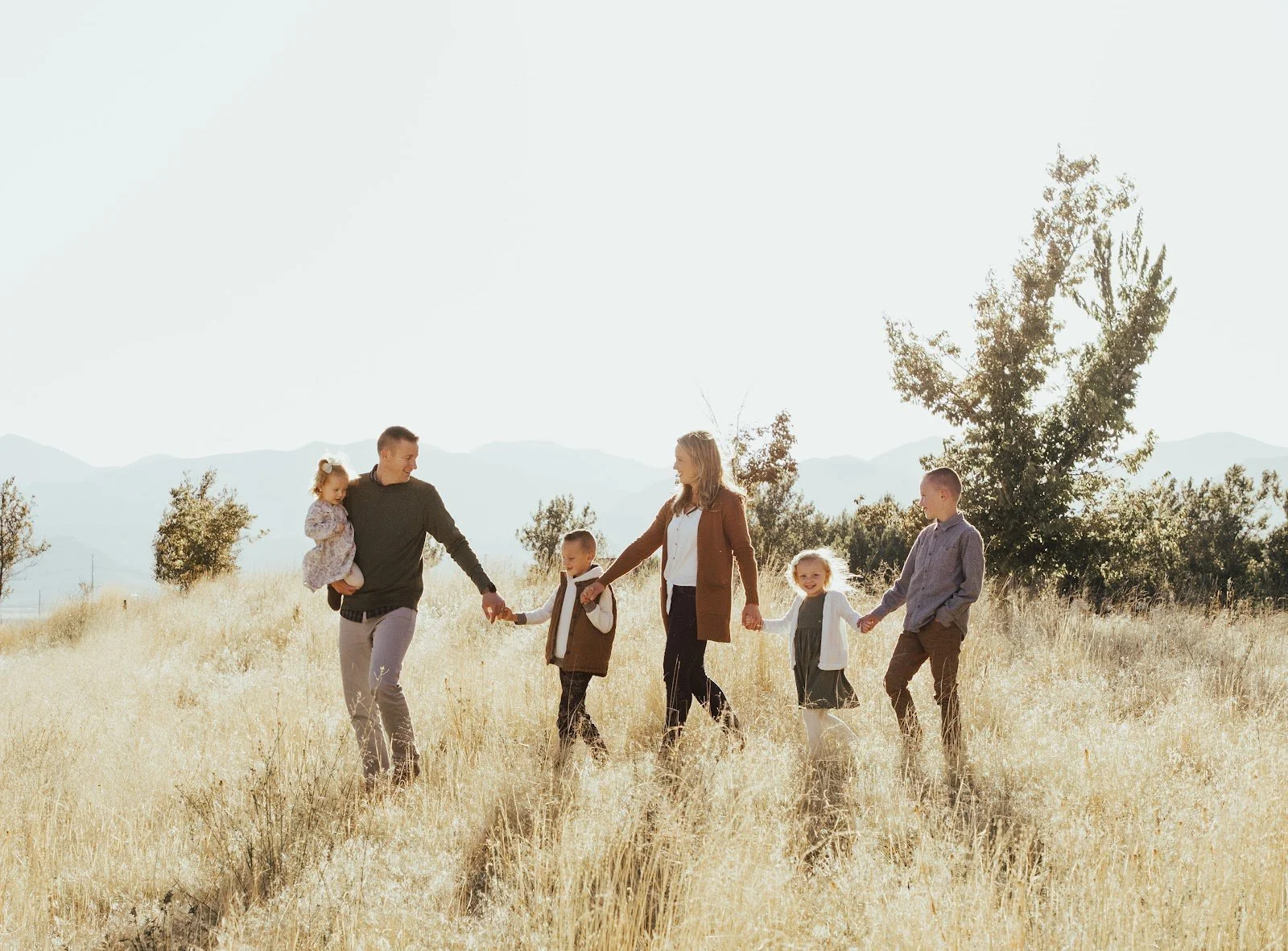One Simple Secret to Taking Fantastic Photos
One misconception with photography today is that you need a really expensive camera and all the right gear to take amazing photos. While this can definitely enhance the quality of the images, it doesn’t give you great images right off the bat. But, there is one big secret we want to share with you today that can transform your photos regardless of the equipment being used… any guesses what it may be?
No? That’s okay! Most people don’t know how important it is. Are you ready to hear what it is?
Composition. If there’s one thing to learn about photography, it’s this. This is the difference between a professional photographer and an amateur. No lie. We are dead serious. But, what is composition? Composition basically means the placement or arrangement of visual elements or ‘ingredients’ within a frame. The ‘putting together’ of the frame will help you create a strong composition within your photographs. Knowing how to ‘put together’ visual elements can allow you to create a stronger frame and translate your message in a more powerful way. The ability to see these elements of design and compose your frame can make a big difference to your photography.
Let’s talk about some key components of composition:
Point of Interest: What is the main point of taking this image? For us, it’s the people within the image. We’re trying to capture their personality, uniqueness, and love through connections.
Perspective: This is a very important moment. Before you take your shot, think about the best position, angle and point of view for this image. Move around to change your POV: in front of the subject, at the side, behind, from the top/above, shoot up from below, from far away, close up, etc. Point of view can dramatically change how your picture looks. This is where to put your camera in relation to your point of interest. Do you shoot up high, angled down, or low, or just straight on? Guess what, you can do all three! But, you should understand when it’s the appropriate time to use which one. For example, if you are wanting to slim your subject and avoid double chins, you would want to shoot down on them instead of up. If you're looking for a creative shot, shoot from below, angled upwards towards your subject. This will create a prominent point of interest on your subjects.
The first photo is shot from below. The photographer intentionally shot from this angel to achieve a creative shot. Sometimes shooting from down low is a really big no no because it can give double chins and nose hair (oops!). Do yourself a favor and be really careful when you shoot from down low. A lot of people don’t like pics from that angle. The most flattering angle on a face is from up high. The second photo is shot from above, this angle helps with slimming the subject as well as drawing more attention to their face.
Rule of Thirds: If you divide the frame into 9 equal rectangles you can place your subject along these lines and at their intersections. Put the subject in one third of the frame. Your eyes will naturally follow these lines and where they cross.
Above is an example of the rule of thirds. Do you see where their two smiling faces meet, that is the point of connection. This is right across the top left line. In fact, you can set up your iPhone to always have this grid by going into Settings> Camera> Grid. Refer to the picture above to see what the iPhone looks like with the grid set up.
Background: Consider what is behind your subject and if it is pleasing or distracting, or if you want to draw more attention to it. The background colors, textures and other visual elements can complement the main subject. Reduce clutter: Clutter can be anything that takes your attention away from the main subject. Reducing these distractions allows you to draw more attention to your subject. You can use different techniques to reduce clutter, such as changing your point of view or using a shallow depth of field to blur the background.
Framing: This is a great way to isolate the subject from the world and make it stand out. Using framing such as trees, leaves, doorways etc to draw more interest to the main subject. For example, the picture below, both sides of the doorway frame the subjects naturally.
Leading Lines: Our eyes naturally follow lines. Leading lines help to draw more attention and interest to your subject. In the image below, everything in the frame seems to point to the subject. The lines on the wall “lead” or point to her. Even the lines of the couch point towards her. You want to avoid large leading lines coming out of people’s heads like large trees or lamp posts.
Cropping: Fill the frame. By using a tight crop or filling the frame with your subject you can delete all distractions and draw more attention to your subject.
Negative space: This is the opposite technique where you include as much space around your subject as you can. It’s great for creating a sense of scale to get the feeling of a ‘big world.’ To do this effectively, it’s best to include a clean and clear space, without too much distracting the viewer.
Left to right rule: Most of the world reads text from left to right. It’s the most comfortable way our eyes travel. The same goes for inside a photo frame. It’s the most comfortable way to direct the viewer from the left side of the frame to the right. You can place the subject to the right side of the frame, which is where our attention is naturally heading.
A little trick- If you shot the frame with the opposite subject placement you can always flip it in Lightroom to see if it presents a stronger composition. (Photo-> flip Horizontal OR flip Vertical)
Well, there you have it! Composition will transform your photography no matter what device or equipment you are using. Learn it, love it, and don't be afraid to make your own rules and break them! Take all the elements and experiment to create something different, break the rules, place your subject at the edge of the frame or include only part of it. Be brave, but have an idea in mind. Your intent will allow you to tell a solid story and translate your message in the photograph. We’re excited to see your work!








